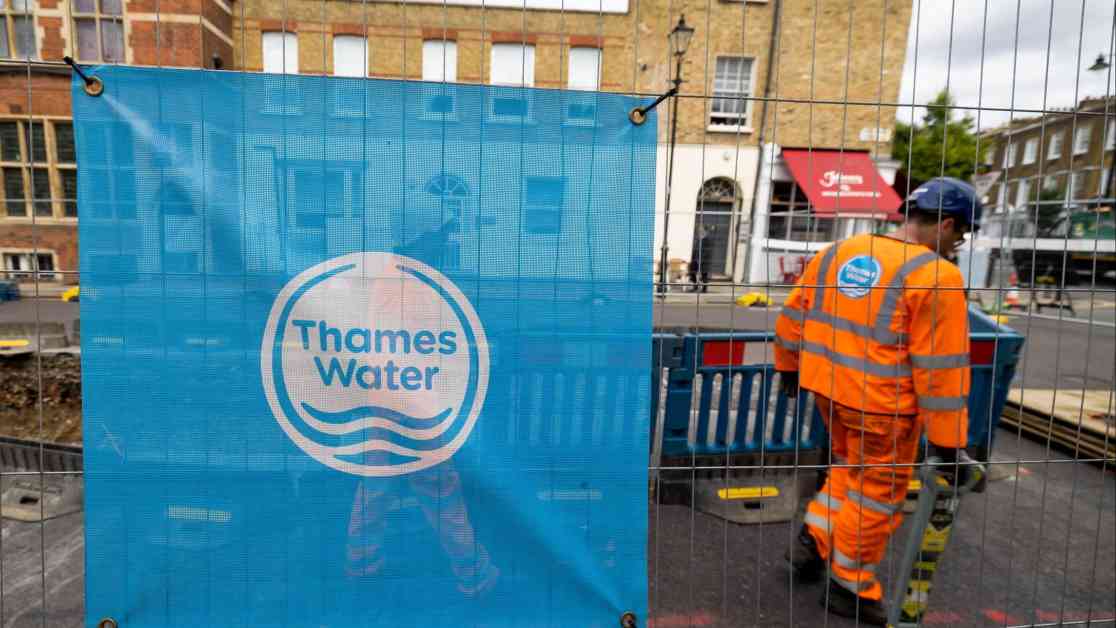Thames Water, one of the largest water and wastewater service providers in the UK, is seeking £3 billion in emergency loans from its creditors. The company is facing financial difficulties due to increased costs and decreased revenue as a result of the COVID-19 pandemic.
Thames Water provides essential services to millions of customers in the UK, supplying clean water and treating wastewater. The company has stated that the emergency loans are necessary to ensure the continued operation of its services and to maintain its infrastructure.
The COVID-19 pandemic has had a significant impact on Thames Water’s finances. The company has seen a decrease in revenue as commercial customers have closed or reduced their operations. At the same time, the company has faced increased costs related to ensuring the health and safety of its employees and customers.
In addition to seeking emergency loans, Thames Water is also exploring other options to improve its financial situation. The company is looking at ways to reduce costs and increase efficiency in order to weather the financial challenges brought on by the pandemic.
Thames Water plays a crucial role in providing essential services to residents and businesses in the UK. The company’s ability to secure emergency funding will be key in ensuring that it can continue to provide clean water and wastewater treatment services to its customers.
As the situation continues to evolve, Thames Water is committed to keeping its customers informed about any changes to its services. The company is working closely with regulators and government agencies to address the financial challenges it is facing and to ensure the continued reliability of its services.
Overall, the financial difficulties faced by Thames Water highlight the broader impact that the COVID-19 pandemic has had on essential service providers. As the company works to secure emergency funding and improve its financial position, its primary focus remains on providing high-quality services to its customers and maintaining its critical infrastructure.






















